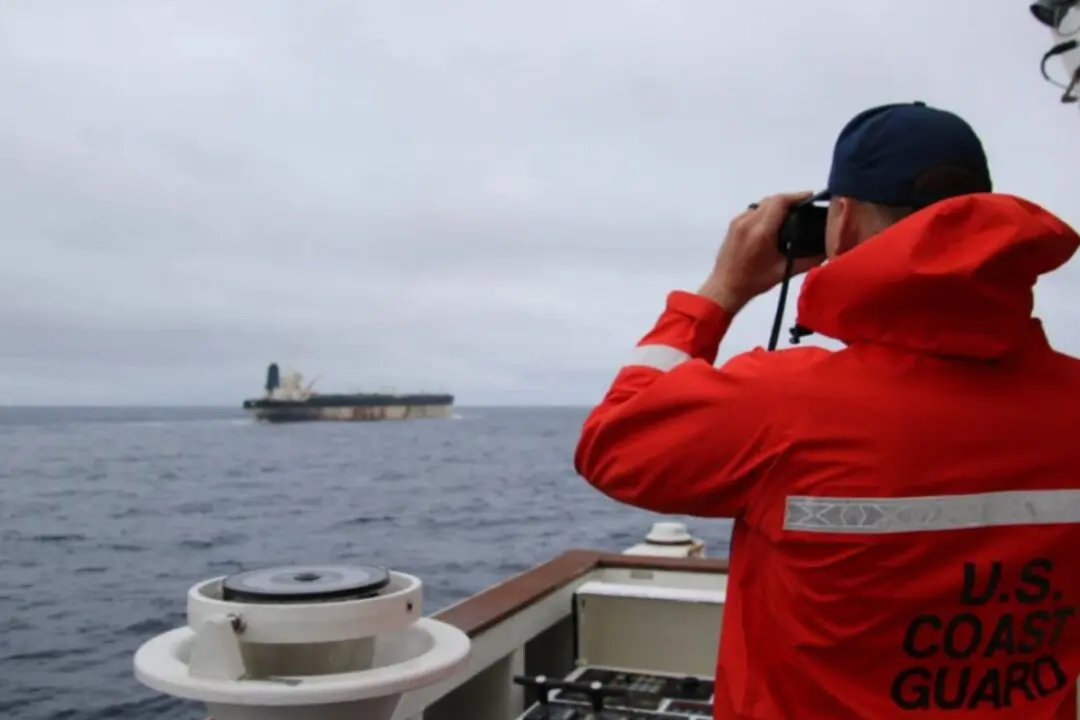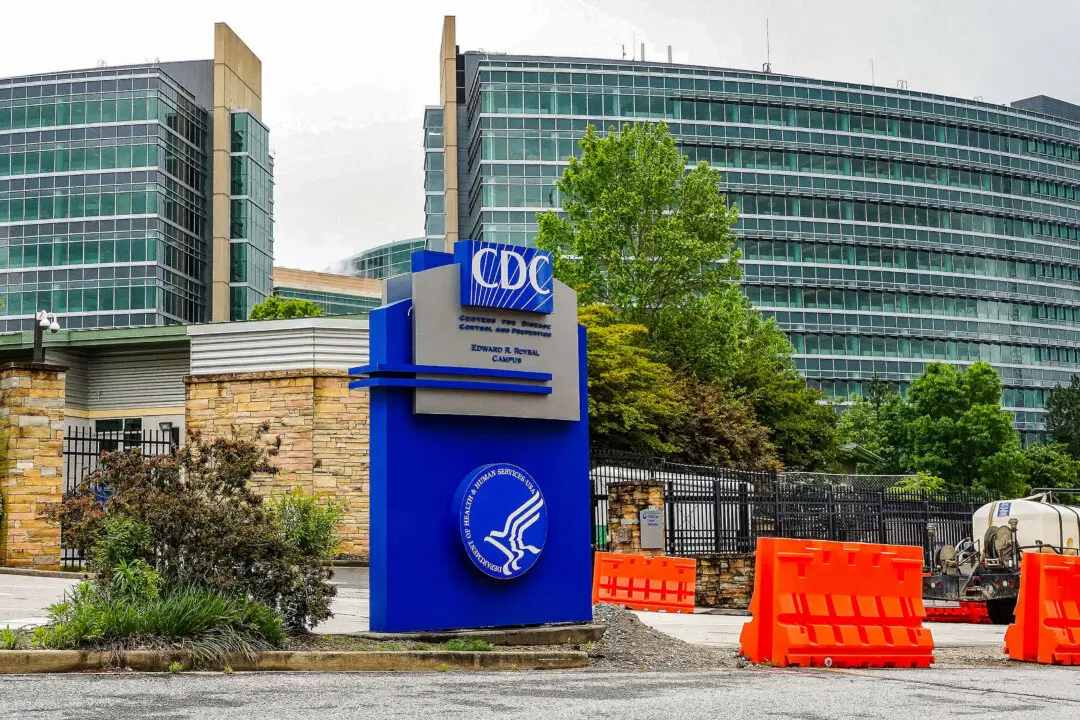Forecasters are expecting Florence, now a tropical storm but expected to become a hurricane, to get dangerously close to the U.S. East Coast and will potentially make landfall in North Carolina and South Carolina.
The governors of South Carolina, North Carolina, and Virginia declared states of emergency ahead of the storm, according to reports.




